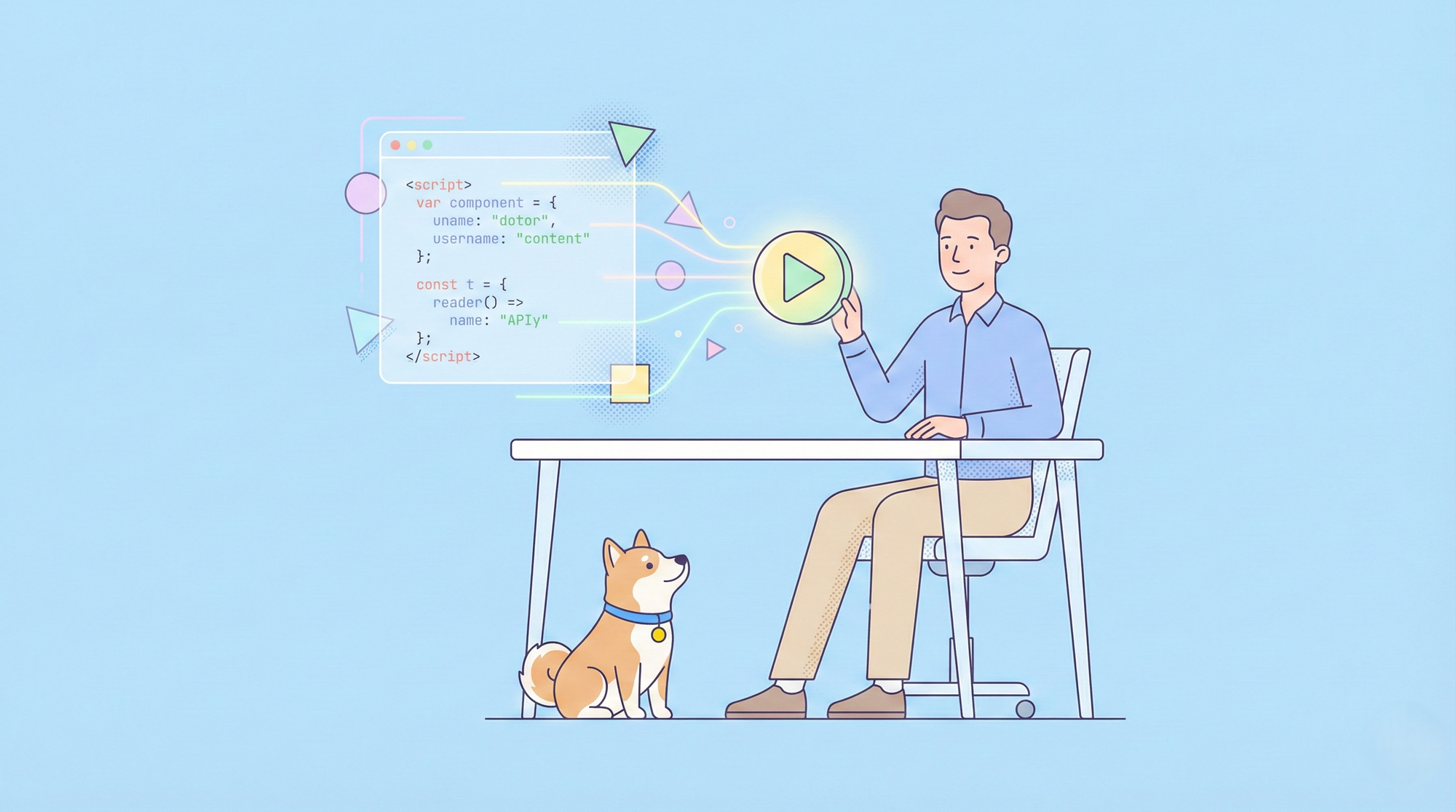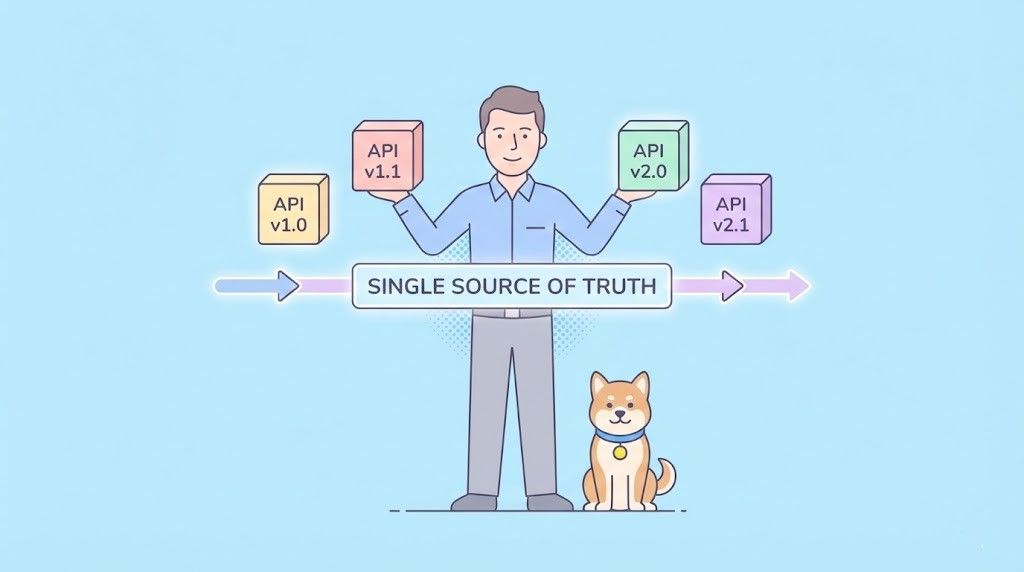In the realm of web development and API testing, secure authentication is crucial. OAuth 2.0, a widely adopted framework, and Bearer Tokens, a key element, play a central role in ensuring secure access to protected resources. Thunder Client, a robust REST client for Visual Studio Code, is a powerful solution.
This article focuses on bearer tokens across all requests in Thunder Client. We'll explore OAuth 2.0 fundamentals, and the significance of Bearer Tokens, and provide a concise guide for Thunder Client configuration. In addition, Apidog is another powerful API tool with various authorization types.
The Bearer Token and OAuth2 in Thunder Client
Thunder Client is a lightweight REST and GraphQL API client that allows developers to easily test and debug APIs. Some key things to know about Thunder Client:
- It's an open-source tool that can be used as a browser extension or desktop application for testing APIs.
- It provides an intuitive GUI that allows you to easily compose requests, inspect responses, generate code snippets, etc without having to write all the code yourself.
- It supports things like environment and global variables, bulk import of requests from Postman, authentication, and more.
The purpose of setting a Bearer Token for requests in Thunder Client is for authentication. Many web APIs use OAuth 2.0 Bearer tokens for authentication and authorization.
When you obtain a Bearer token from an identity provider, you can configure Thunder Client to automatically include that token in the Authorization header of every request. This means you are authenticated and authorized to access resources permitted by that token without needing to manually deal with the token over and over.
OAuth 2.0 in Thunder Client
Thunder Client offers a user-friendly interface, making it accessible even for beginners. By following the steps outlined in the intuitive interface and referencing your API documentation, you can swiftly generate your OAuth 2.0 token with minimal effort.

Thunder Client streamlines the token generation process, ensuring a seamless experience for users, whether they are novices or experienced developers. With just a few essential details inputted into the provided fields, you can quickly obtain the necessary token for authentication in your API interactions.
Thunder Client's user-centric design simplifies the token generation journey, providing an efficient solution for integrating OAuth 2.0 in your projects.
- You need to use the provided callback url to get access code from auth server to extension.
- You can use default url
https://www.thunderclient.com/oauth/callback - Or You can use the localhost version
http://localhost:6789/callback - The Callback URL should be added to your
OAuth serverauthorised callback list.
To learn more about OAuth 2 to generate tokens, please view here.
Refresh Tokens Automatically
OAuth 2 tokens are set to refresh automatically at the request, folder, and collection levels. The token values are stored locally, not in JSON files.
Additionally, you have the option to save tokens per environment by enabling the VS Code setting "Save Token Per Environment." In case of any issues, simply click the "Generate Token" button again, and the refresh process should resolve any problems.
Apidog Authorization
Apidog is a comprehensive suite for API design, debugging, development, mock, and testing. Apidog allows you to easily obtain an OAuth 2.0 access token with just a single click through its intuitive UI. It automatically populates the access token in the request headers for you.

The UI clearly displays the token's expiration date, and you can refresh the token with one click when needed. This makes testing APIs that require OAuth 2.0 authentication extremely convenient within Apidog's powerful API management platform.



